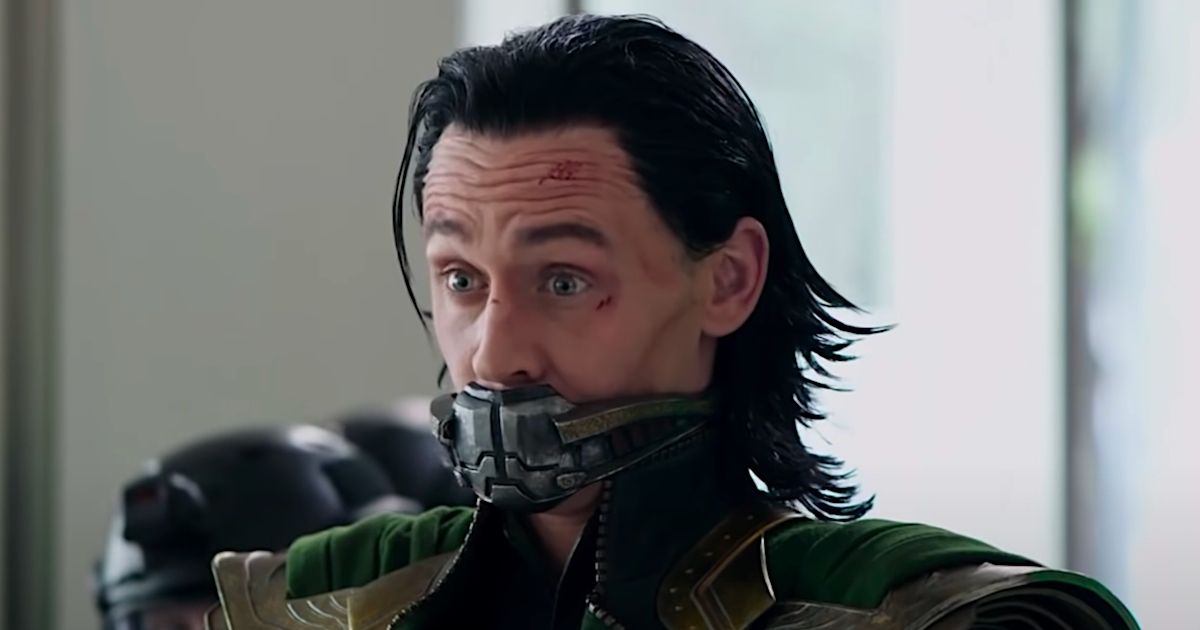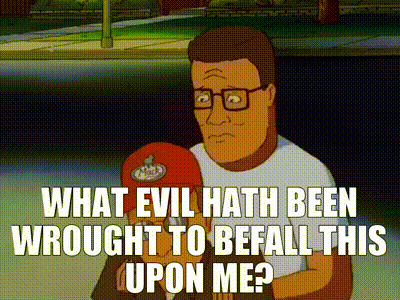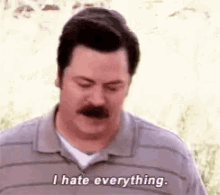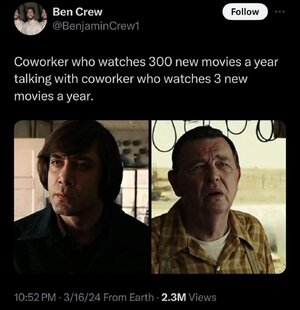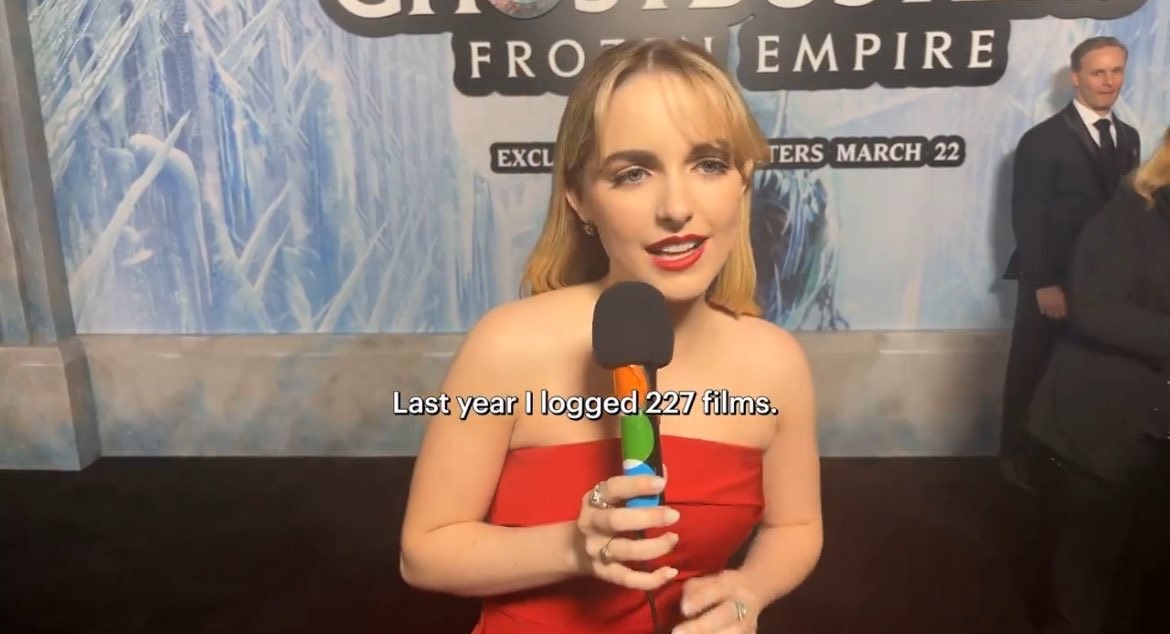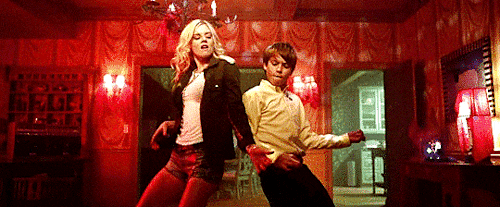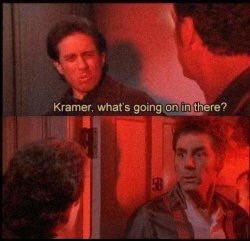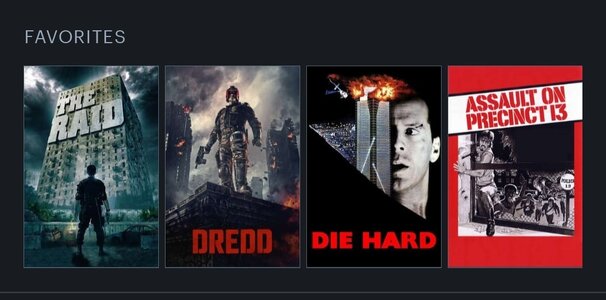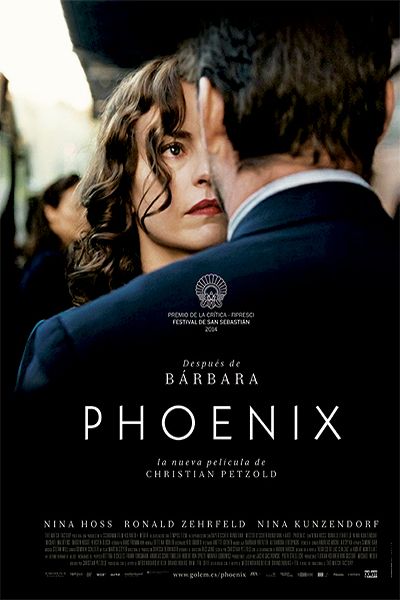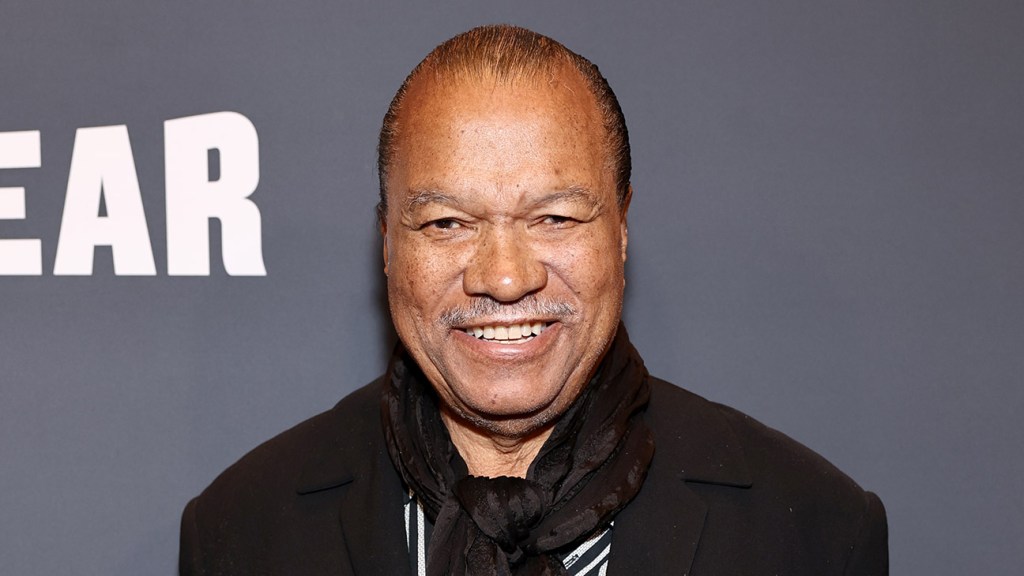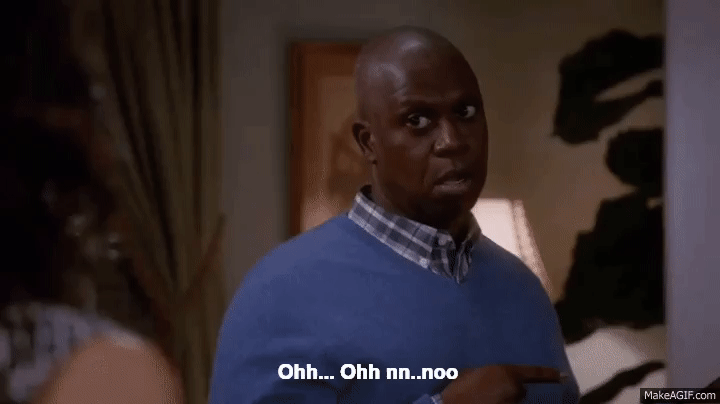While David Zaslav and Bob Iger’s tax-optimization strategy of deleting films and TV shows from their streamers has triggered plenty of agita among creators, the custodians of Hollywood’s digital era have an even greater fear: wholesale decay of feature and episodic files. Behind closed doors and NDAs, the fragility of archives is a perpetual Topic A, with pros sweating the possibility that contemporary pop culture’s master files might be true goners, destined to the same fate as so many vanished silent movies, among them Alfred Hitchcock’s second feature, The Mountain Eagle, and Ernst Lubitsch’s Oscar-winning The Patriot.
It’s underscored by initiatives such as Martin Scorsese’s Film Foundation. “The preservation of every art form is fundamental,” the industry icon says on a video on the organization’s web site. For the business, these are valuable studio assets — to use one example, the MGM Library (roughly 4,000 film titles including the James Bond franchise and 17,000 series episodes) is worth an estimated $3.4 billion to Amazon — but there’s a misconception that digital files are safe forever. In fact, files end up corrupted, data is improperly transferred, hard drives fail, formats change, work simply vanishes. “It’s a silent fire,” says Linda Tadic, CEO of Digital Bedrock, an archiving servicer that works with studios and indie producers. “We find issues with every single show or film that we try to preserve.” So, what exactly has gone missing? “I could tell you stories — but I can’t, because of confidentiality.”
Specialists across the space don’t publicly speak about specific lost works, citing confidentiality issues. So, only disquieting rumors circulate — along with rare, heart-stopping lore that breaches public consciousness. One infamous example: In 1998, a Pixar employee accidentally typed a fatal command function, instructing the computer system to delete Toy Story 2, which was then almost complete. Luckily, a supervising technical director who’d been working from home (she’d just had a baby) had a 2-week-old backup file.
Experts note that indie filmmakers, operating under constrained financial circumstances, are most at risk of seeing their art disappear. “You have an entire era of cinema that’s in severe danger of being lost,” contends screenwriter Larry Karaszewski, a board member of the National Film Preservation Foundation. His cohort on the board, historian Leonard Maltin, notes that this era could suffer the same fate as has befallen so many silent pictures and midcentury B movies. “Those films were not attended to at the time — not archived properly because they weren’t the products of major studios,” he says.
In part, the indie filmmakers’ digital crisis can be traced to inadequate storage safeguards. (Innumerable thumb drives and hard drives are half-forgotten, only to age and corrupt, in closets, under beds and on garage shelves.) But also, it speaks to the fragile ecosystem that ostensibly supports filmmakers, from overextended financiers to ephemeral distributors. “They’re worried about getting the project picked up and getting it out there; proper preservation isn’t thought about so much,” observes Gregory Lukow, chief of the Library of Congress’ National Audio-Visual Conservation Center, which now digitizes physical media.
The sheer volume of now-available digital material can be overwhelming, both as a practical matter (storage costs accrue) and a curatorial one. But it’s also been a boon. In the realm of nonfiction unscripted materials, there’s often a new wealth of outtakes and preinterviews, and with scripted features and episodics, scenes that didn’t make the theatrical cut or debut on TV but provide an invaluable understanding of the work’s development. “When all we focus on is the final product, we’re missing the creative process,” explains May Hong HaDuong, director of the UCLA Film & Television Archive.
Those in the preservation community say it’s best in terms of time and expense when proper protocols are put in place up front. (Too often, it doesn’t happen.) “It’s a different budget and a different model when it’s done later on,” says Lance Podell, senior vp at Iron Mountain Entertainment Services, a data storage and restoration firm. “To go back and make something searchable, retrievable, locatable is a more expensive and time-consuming process than if you’d done it out of the gate. And there’s the loss of institutional memory because the people involved in making the work are often no longer around.”
The Academy of Motion Pictures Arts and Sciences’ SciTech Council has spent years fretting about the issue. Yet Andy Maltz, who co-authored the council’s reports on the topic and is now principal at the consultancy General Intelligence, notes that the situation is “not dire like it was, the industry really stepped up.” This includes the development and growing use of the Academy Color Encoding System, employed to communicate color and other information.
Paramount senior vp asset management Andrea Kalas, who leads the SciTech Council’s preservation initiatives, emphasizes that the best practice for preserving a film that was shot digitally is to “have a copy of that final film in the best possible resolution, in the widest color gamut, so you have the most original materials associated with that film.” She adds, “If you are moving your files to an infrastructure of some sort, whether that’s a data center or a set of clouds, people are thinking about storage policies like keeping multiple copies. There are also people that choose to store things offline like on LTOs,” referring to a tape-based format that’s been utilized for decades. Good old-fashioned — and time tested — film also remains in use.
Maltz warns that with the nature of digital, preservation efforts can’t stop. “The data that you are protecting needs consistent migration. You really can never take your eye off the digital ball. That why you have backups, it can happen at any time. The odds are pretty low [of losing a film] — but there are still odds.”
Migration is also necessary as file formats evolve. “If you have a Zip drive with TARGA files on it, do you know how to open those today?” asks Alex Forsythe, director of imaging technology at AMPAS, referring to a 1980s-era file typology that has since been eclipsed by newer, more efficient methodologies. “I don’t think anyone expects these file formats to last a dozen years, let alone 50.”
Some preservationists are more sanguine. Larry Blake, a longtime sound supervisor and postproduction adviser for Steven Soderbergh who’s writing a book on digital preservation issues, believes that concerns over evolving formats are overstated. “I’m not worried that the Library of Congress won’t have the smarts to decrypt in a century,” he says. “Whatever standards change, the DCP [a standardized file package format] isn’t going away,” adding: “Also, there are other ways to outlive the cockroaches, like maintaining an image sequence of 150,000 TIFF files, numbered in sequence, for picture, and then a matching stretch of broadcast-wave sounds for audio. You give any archive that and it’s game, set, match.”
Experts hope that evolving tech will help more than hinder, often pointing to the notion that artificial intelligence may soon aid in rediscovery. “That would be a game-changer,” says Arthur Forney, head of postproduction for Wolf Entertainment. His colleague Mark Dragin, a supervising producer for three of the company’s Law & Order series, notes that Special Victims Unit began in 1999, and was shot on film, so pulling a flashback — for instance, of star Mariska Hargitay pursuing an old case — can be laborious, especially if it’s from an outtake. He says, “This might make it quicker to find that needle in a haystack.”




